Public trust in Chinese-made vaccine safety is further eroded as the Hong Kong government announces changes in vaccine related death counts.
The Hong Kong Vaccine Expert Committee announced on June 1 that they will no longer count post-vaccination deaths that do not have a strong correlation to COVID-19 vaccines, and they will only count deaths that are “potentially” related to vaccination.
Vaccines administered in Hong Kong are mostly made in China.
So far, the Committee has not acknowledged any cause and effect link between COVID-19 vaccines and deaths.
According to the latest data from the Hong Kong Hospital Authority, as of May 30, the number of deaths among the vaccinated had reached 80. In addition, twenty-three pregnant women miscarried after getting the shot.
Law Cheuk Yiu, the deputy chairman of Hospitality Authority Employees Alliance, told The Epoch Times that there have been deaths in other countries following COVID-19 vaccination. Whether they were directly related or not, the data was presented, he said, and people are able to choose a vaccine based on the data, making it relatively safer when such information is transparent.
Currently, the Hong Kong government provides two types of COVID-19 vaccines: Sinovac, made in mainland China, and BioNTech (BNT) from Germany, which is marketed by Shanghai Fosun.
Chinese-Made Vaccine Information Not Transparent
The lack of transparency has raised widespread questions about the effectiveness and safety of Chinese-made vaccines. As far as effectiveness is concerned, Chinese communist authorities themselves have admitted that the protection rate of Chinese-made vaccines is not high. As recently as April 10, Gao Fu, the director of the CCP’s Center for Disease Control and Prevention, admitted at the National Conference on Vaccines and Health that China’s vaccine protection is not high enough, and several vaccines should be administered alternately to improve vaccination effectiveness.China has a long record of producing defective and fake vaccines. Now hundreds of millions of Chinese have been vaccinated against the CCP (Chinese Communist Party) Virus, but authorities have not provided any data on deaths or side effects.
The Hong Kong government’s June 1 announcement came on the same day the WHO approved Sinovac for emergency use––the second Chinese-made vaccine approved by the WHO after Sinopharm.
Although neither vaccine has provided detailed data about its Phase III clinical trials, both vaccines have been approved by the WHO for international emergency use.
In an interview with The Epoch Times, Dr. Dong Yuhong, a European expert on virology and infectious diseases, and a chief scientist at a biotechnology company, pointed out that the lack of detailed information about the Phase III clinical trials, including study design, clinical trial efficacy and safety data, has kept the academic community and the public from knowing the details. It’s therefore difficult to assess the safety of the vaccines to be administered to a wider population.
“Despite the urgency of the outbreak, such an approach does not comply with international industry rules for the approval of vaccine development,” Dr. Dong said.
The CCP has sold Sinovac vaccines to more than 45 countries, mainly in Latin America, Africa, and Southeast Asia.
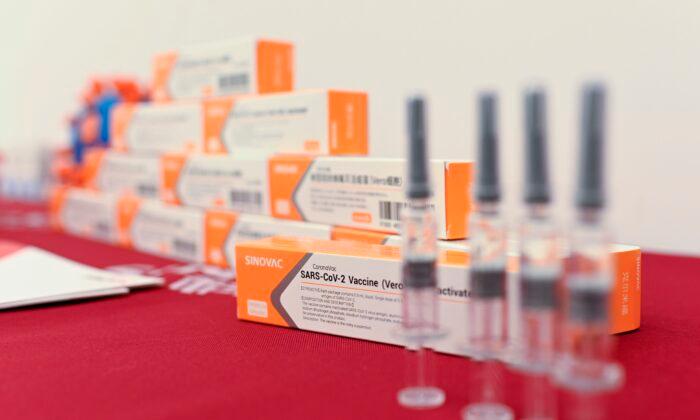
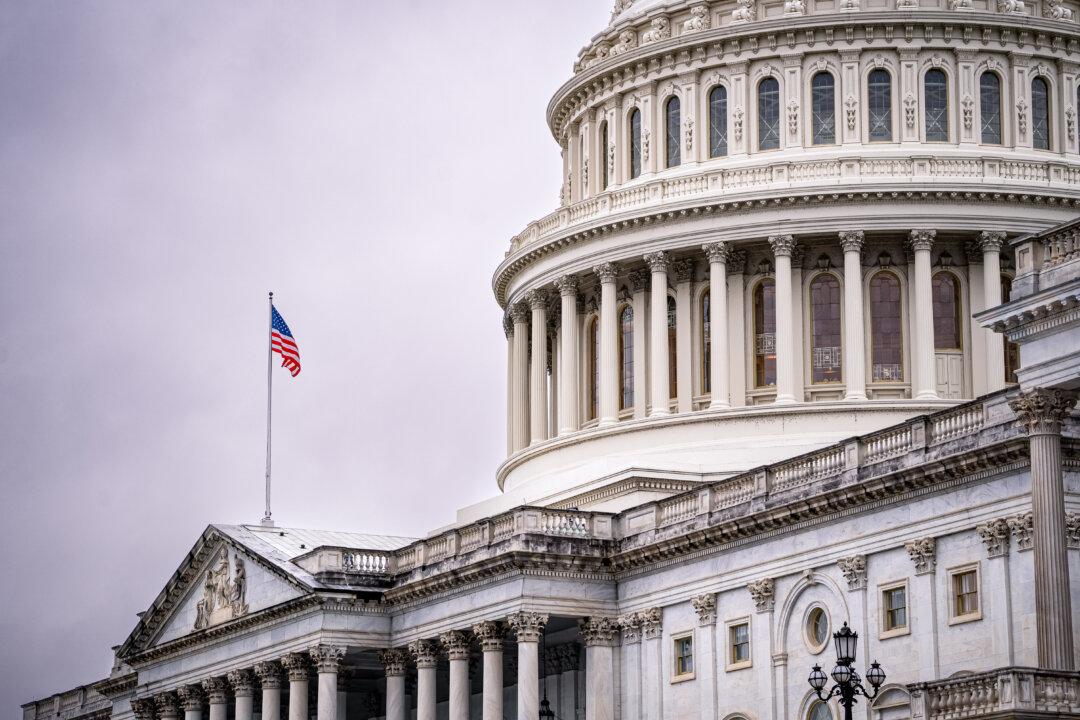
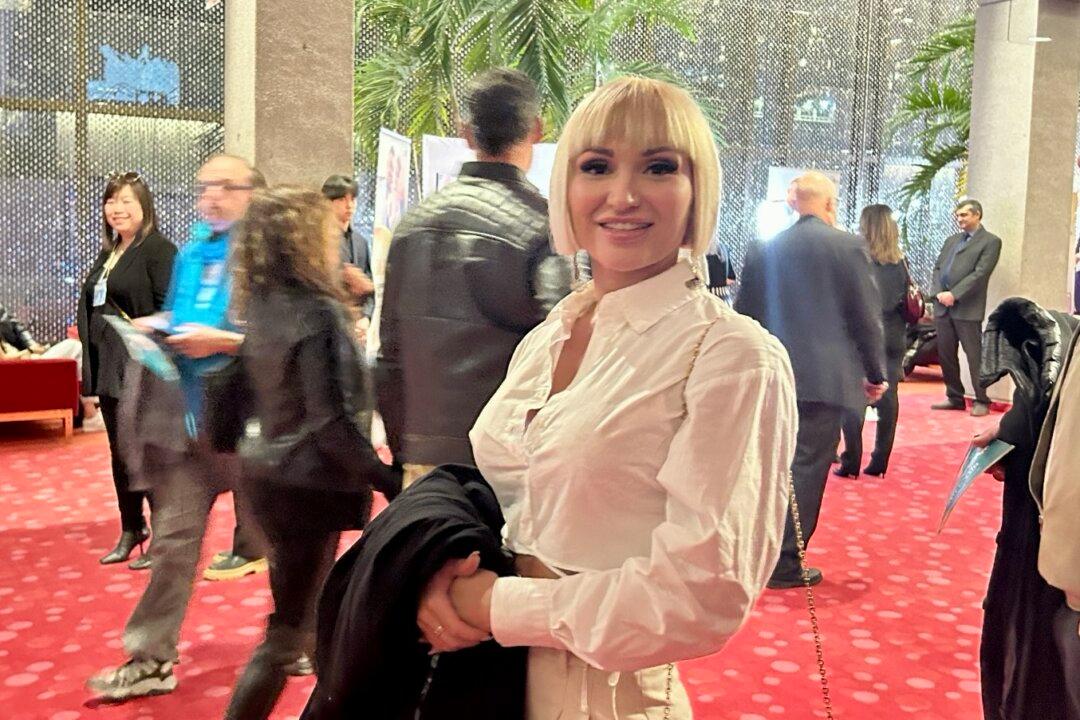
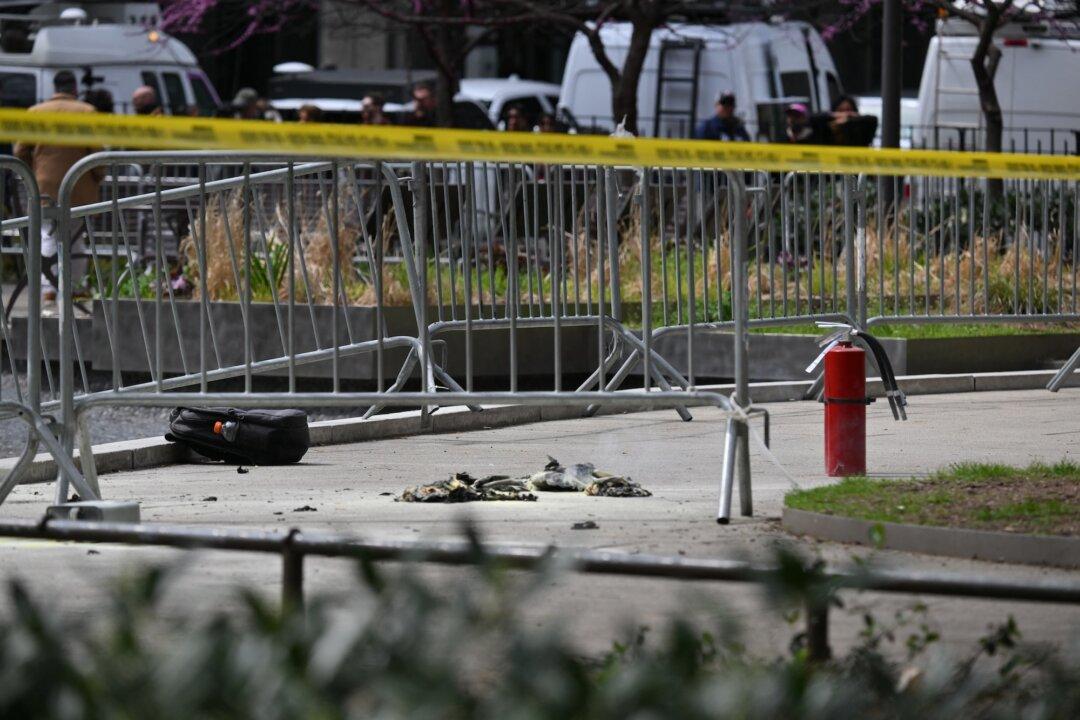
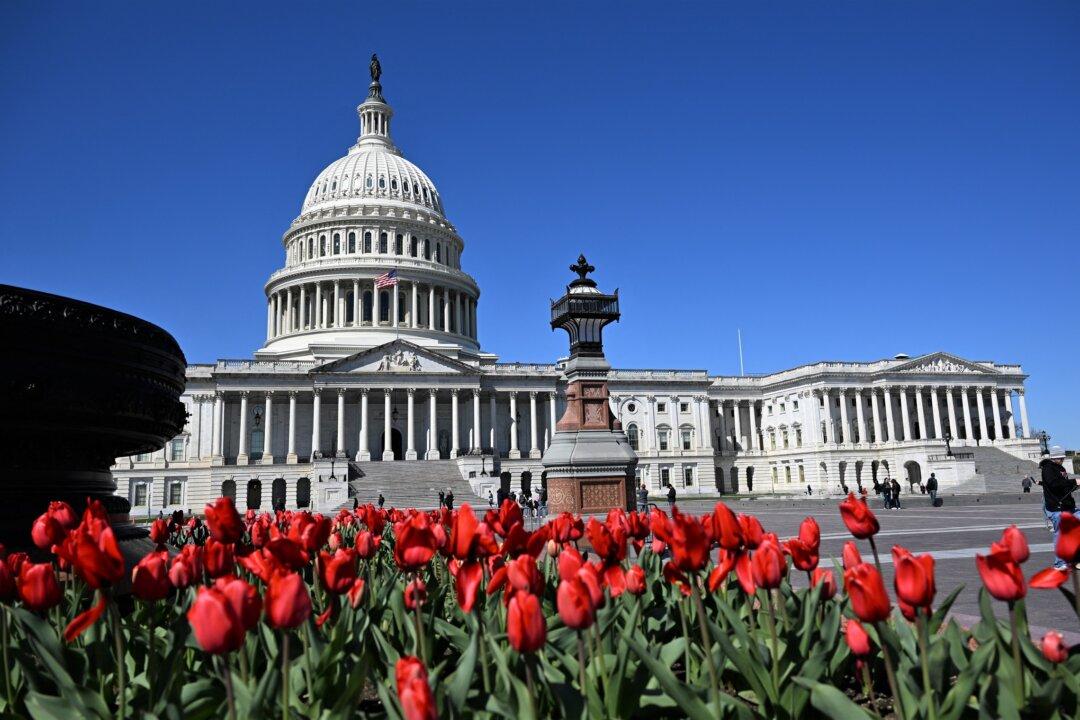
Friends Read Free